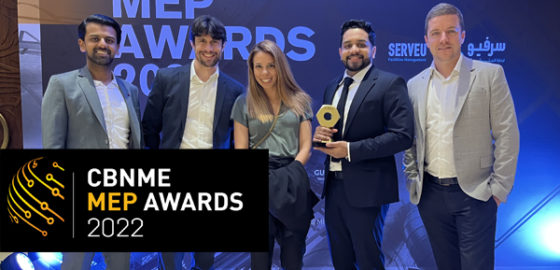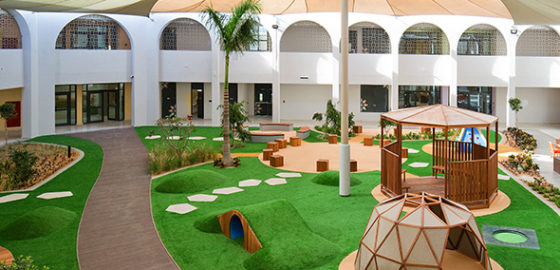A huge congratulations to Daniel Wilding from our London office for his success at the CIBSE Young Engineers Awards 2024.

A huge congratulations to our very own Daniel Wilding for securing 3rd place in the Apprentice of the Year Award at the CIBSE Young Engineers Awards 2024.
Daniel’s hard work, dedication and passion for engineering design have truly shone through and we are incredibly proud to see him recognised at this prestigious level. It speaks volumes about his commitment to excellence and continuous development.
Mick Cairns features prominently in the ‘UAE’s Most Influential CEOs You Need to Know’ edition.

We are thrilled to share that Mick Cairns has been prominently featured in The CIO World’s highly anticipated edition titled ‘UAE’s Most Influential CEOs You Need to Know.’ This recognition highlights our CEO’s exceptional leadership, vision, and impact in the industry.
Read further to delve deeper into the insights and achievements of Mick Cairns, showcasing his remarkable contributions to the technology landscape and beyond.
P28: UAE’s Most Influential CEOs You Need to Know
We are proud to be recognised for our dedication to excellence and innovation.

We are proud to announce that we have been shortlisted for several prestigious awards, highlighting our commitment to excellence and innovation in the MEP design industry.
Firstly, we are thrilled to be a finalist at the 2024 Electrical Review & Data Centre Review Excellence Awards, where we have been shortlisted for two categories – Data Centre Consultancy of the Year and Training Provider of the Year. These nominations reflect our dedication to providing top-notch services and training programs, showcasing the talent and expertise of our team.
Additionally, we are excited to share that we have been shortlisted for the G4C Commitment to Employee and Training Development Award. This nomination recognises our efforts in fostering a culture of continuous learning and growth for all our team members. At Black & White, we believe in investing in our people, and this nomination is a testament to the success of our strategies in supporting the professional journey of every employee.
Furthermore, we are pleased to announce that we have been shortlisted for the People and Culture award at this year’s Constructing Excellence in the Northeast. This nomination highlights our ongoing commitment to developing a vibrant, inclusive, and empowering workplace culture. Our people are our greatest asset, and it’s their hard work, creativity, and dedication that drive our success.
Lastly, we are excited to share that we have been shortlisted for the Construction News Construction Consultancy of the Year Award 2024. This recognition underscores our team’s hard work, talent, and commitment to excellence in the construction industry.
We thank our incredible team for their exceptional contributions and look forward to celebrating our collective achievements and continuing to push boundaries, deliver value, and serve our clients and communities.
Stay tuned for more updates as we approach the awards ceremonies in May and June!

Congratulations to Euan, from our Edinburgh office

B&W had four shortlisted categories, one winning ‘Electrical Engineer of the Year’

Black & White Engineering win MEP Consultant of the Year for the 4th year in a row!

Black & White Engineering wins Sub-Consultancy of the Year and Project Manager of the Year at the Construction Week Awards 2019.

Following last week’s news about our award nominations we are excited to announce further recognition from the industry.

We are incredibly proud to win this award for Abu Dhabi based Al Karamah School for pupils with Autistic Spectrum Condition

Black & White Engineering is proud to have been named as finalists in the Middle East MEP Awards 2019.

Tom Craig won ‘Young Engineer of the Year’ at the CIBSE UAE 2019 awards held at The Westin Hotel in Dubai

Black & White Engineering are once again extremely proud to be amongst the best companies and business leaders in the UAE.












